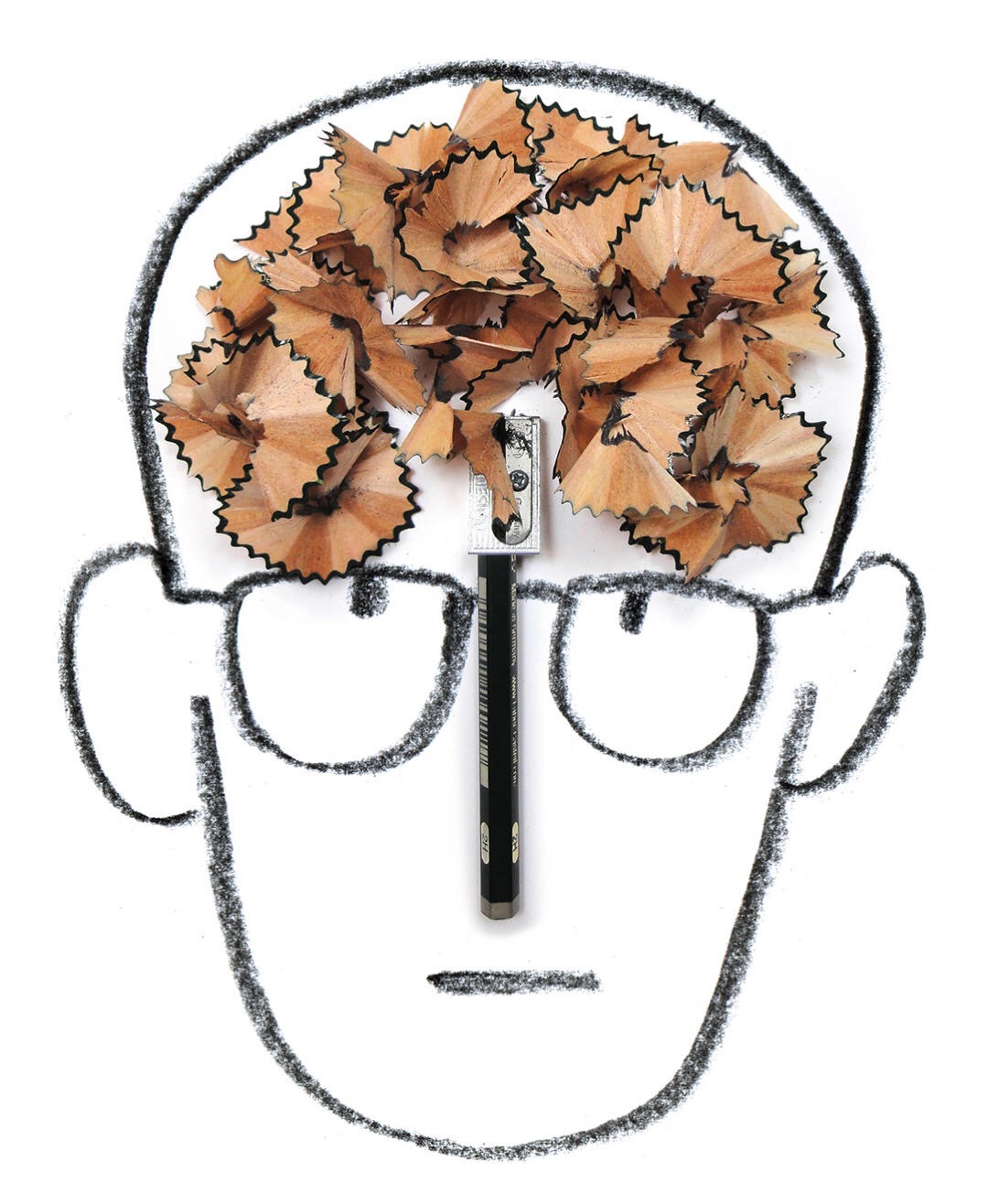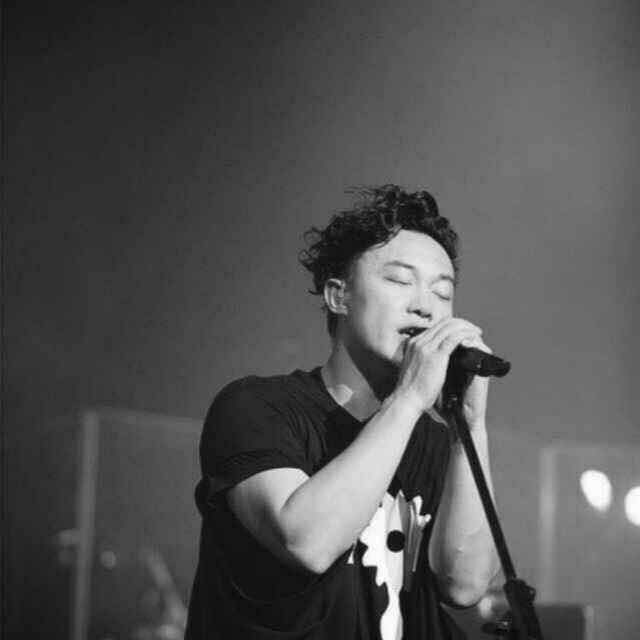确定致病机制 1. 皇后确诊乳腺癌 2. 药物遍寻均无效 3. 精准医疗项目启动 生物信息分析 特异化突变基因鉴定 蛋白通路与疾病关联性 XYZ蛋白三维晶体结构 XYZ蛋白药物结合口袋突变前后分析 先导化合物 1. 计算机辅助药物设计: 在 蛋白质三维结构基础上,彻底分析突变后XYZ蛋白结合口袋周围理化性质
突变前:小分子包围在疏水口袋,亲水氨基酸R125、E154与其形成氢键铆钉作用,使其牢牢稳固在蛋白质中 突变后:疏水环境大致不变,但氨基酸N125、I154(无法形成氢键)造成很大空隙,亲水性转换为疏水口袋,稳定性降低 2. 分子动力学方法 分子动力学方法对XYZ蛋白突变后与小分子Hormone间相互作用状况进行了计算模拟分析, 目的:以期得到蛋白质在突变后的小分子结合信息
计算中心首席科学家是这么解释分析结果的:
突变后XYZ蛋白Region A区域没有变化,对该部分不做任何修改; Region B区域中,小分子下方出现巨大空洞,需要对该部分进行补漏; Region B区域巨大空袭,在小分子稳定结合时,下方出现由10~13个水分子组成的“水氢键网络体系”; “水氢键网络体系”中,水分子能量Energy(球体大小)和占有率Occupancy(球体颜色)均能表达出蛋白质局部区域理化性质。 > 具体总结:Region B区域绝大多数水分子能量Energy极小、占有率Occupancy较小,说明该区域极为疏水;但其中W1水分子,能量较好、占有率较高,说明W1水分子极为稳定,周围氨基酸为极亲水性氨基酸,将来可以通过替换W1水分子或通过桥键作用对其进行化学修饰 ; ;
3. 基于体内原生激素Hormone的药物设计:化学片段增长设计法 首先设计的化学片段,将能够有效的到达W1水分子附近或将其替换掉, 福斯坦国立大学化学院研究团队,共设计母核结构50枚,且均具备有机合成实验方法实现的可能性
; ;
4. 分子对接方法判定最佳化学母核结构 利用分子对接方法,将50枚母核结构分别对接进入突变后蛋白质XYZ结构中, 利用分子对接权重值, 判定3枚小分子药物在对接结果中占据较好的权重位置。奥古斯汀·Khan将此结果呈现给,福斯坦国立大学化学院研究团队,经过再三斟酌分析,决定采用C2、C1和C3进行后期化学结构改造
5.




